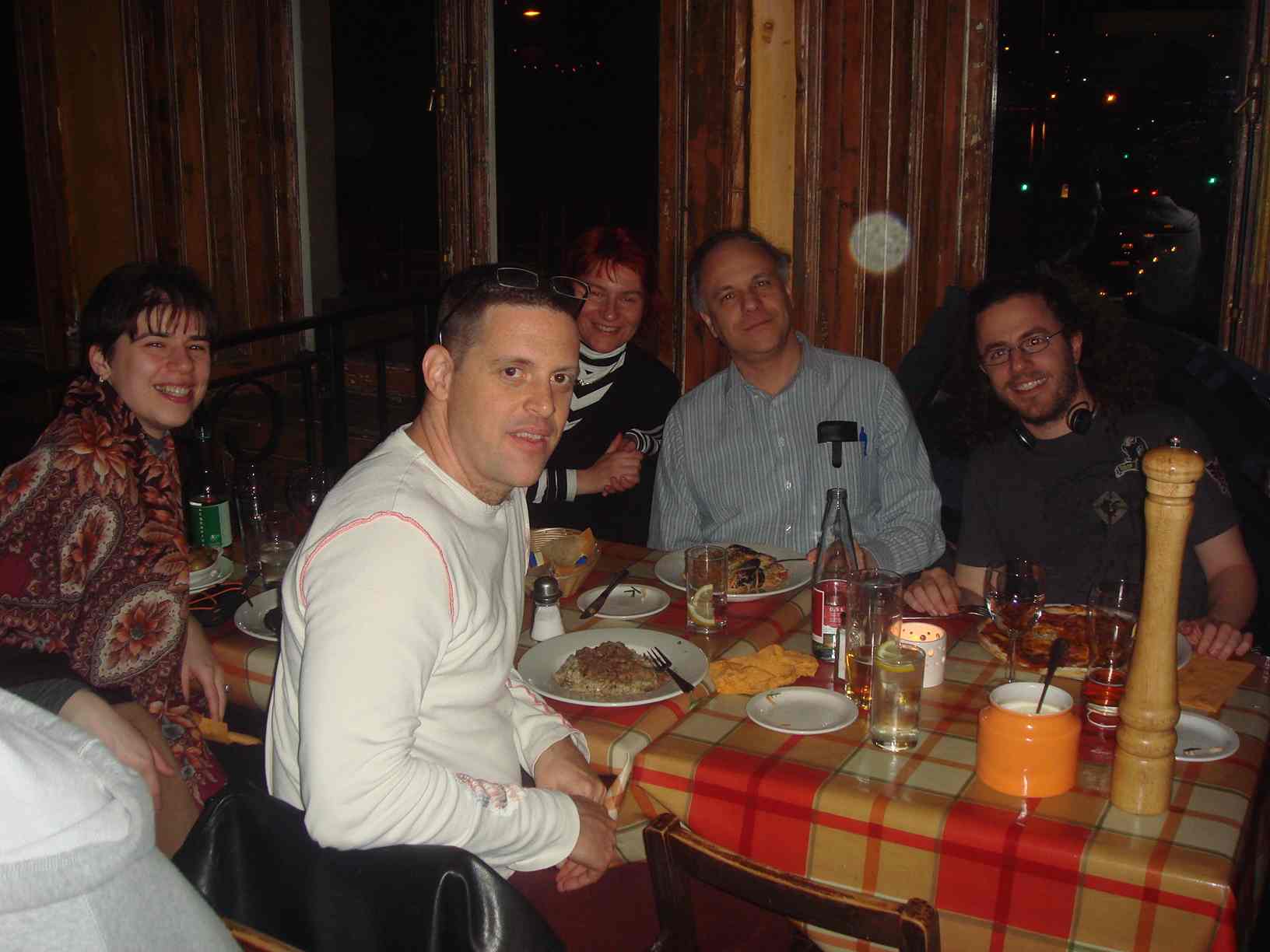This week’s installment of Phonology Circle features a talk by Peter Graff
Title: A Metric for Systemic Dispersion – Evidence from Artificial Grammar
Time: Mon Apr 7 5pm, 32-D831
In this talk I present the results of a 4-week-long artificial language study which was set up to investigate the deeper motivations of sound change. In the experiment 18 native speakers of English were asked to learn an Artificial language with an obstruent system exhibiting a 3-way VOT contrast {ph, p, b, th, t, d, kh, k, g}. Subjects were recorded weekly over a period of 3 weeks. After the third week, subjects were assigned to three groups, which were each taught a different “Dialect” of the artificial language; in the “Northern Dialect” voiced stops spirantized, in the “Southern Dialect” voiced stops nasalized, the third dialect acted as a control. After a week of training, subjects were recorded speaking their respective Dialects. Based measurements of closure duration and VOT of voiceless aspirated and voiceless unaspirated stops before and after treatment, I conclude that:I will provide an analysis of the different types of systemic adaptation utilizing conjoined MINDIST constraints in the spirit of Flemming (1995) and conclude that the complex computation of contrast warrants the postulation of a system-wide Dispersion requirement, which I will formalize as a Sysdist constraint. This approach is in line with more recent proposals of weighted cumulative markedness metrics (e.g. Coon and Gallagher, 2007).
- Subjects independently created a new contrast for closure duration to alleviate the VOT spectrum.
- Subjects eliminated the new contrast when their VOT spectrum was alleviated by nasalization of voiced stops.
- Subjects adapted the new contrast when their VOT spectrum was partially alleviated by spirantization of voiced stops.
